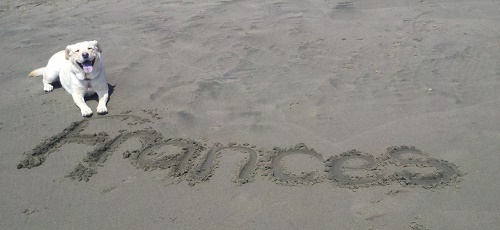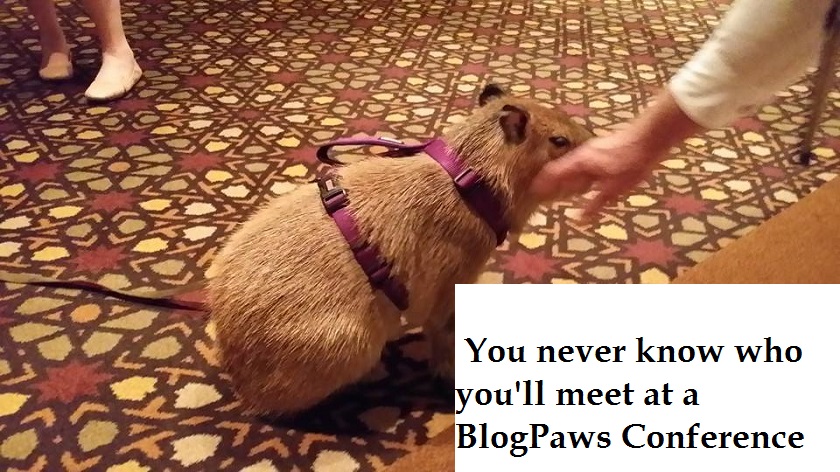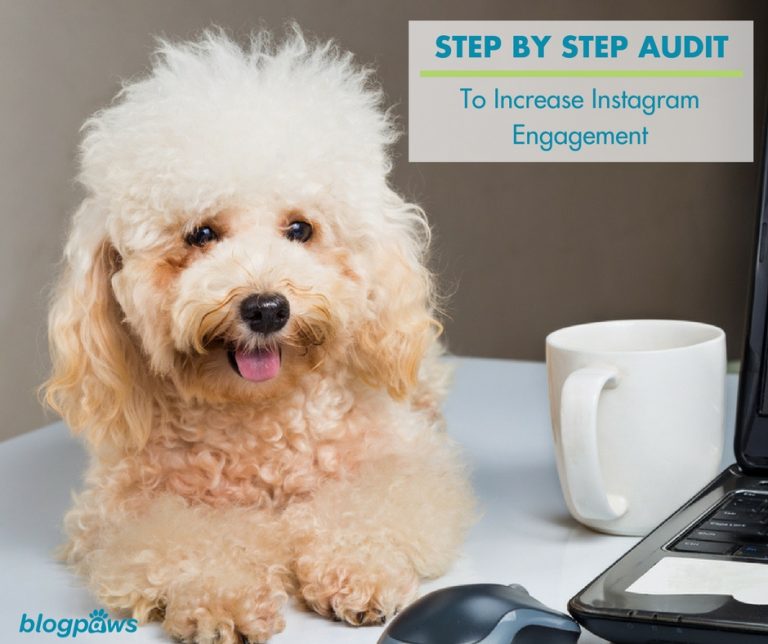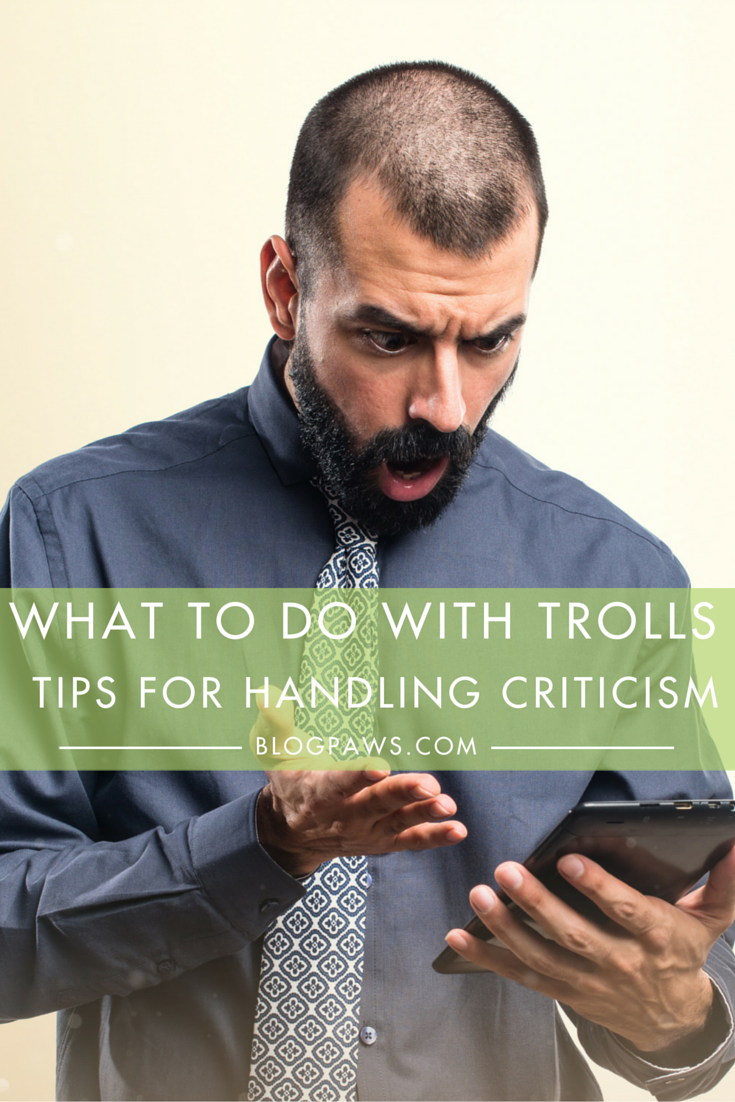Speaker Spotlight: Get Your ‘Blogging Superpower’ On!
Post by Blog Manager Robbi Hess
Do super heroes live their lives in capes and tights leaping from tall buildings in a single bound? Some super heroes might do just that, but when it comes to being a blogging super hero for shelter pets, the super power is in the tips of our fingers and in the words we weave together in our quest to get pets adopted. If, through the power of your blogging or social media efforts– whether on your own page, or on the page of a shelter or rescue for whom you are volunteering — you can help a shelter or rescue pet find a home you are truly worthy of a cape and tights! What can you do to get your ‘blogging superpower’ on? One way is by signing up for the Table Top lunch discussion during the Conference.
I caught up with Finnegan Dowling and after a phone glitch or two in which we were worried we might have to conduct the interview “fill in the blank style or Mad Libs style” we had a great chat about the work she does with shelters and the information she is going to pass along to those who join her at lunch during the BlogPaws Conference. As a Lunch Pack Leader, her table topic is: Using Our Super Powers for Good: Positive Pet Blogging That Saves Lives.
 When asked what a blogging super power might be, she said, “Bloggers are the voices that people are listening to. Bloggers have a willingness to speak to a large group of people and help effect change.” Whether you’re a blogger with an audience or a blogger who wants to build an audience and help shelter pets, Finnegan says that “bloggers are trend makers and leaders and if they wrote about how shelter adoptions are the way to go… that is a huge thing for those pets. The blogger’s willingness to be seen is a super power that cannot be underestimated.”
When asked what a blogging super power might be, she said, “Bloggers are the voices that people are listening to. Bloggers have a willingness to speak to a large group of people and help effect change.” Whether you’re a blogger with an audience or a blogger who wants to build an audience and help shelter pets, Finnegan says that “bloggers are trend makers and leaders and if they wrote about how shelter adoptions are the way to go… that is a huge thing for those pets. The blogger’s willingness to be seen is a super power that cannot be underestimated.”
How does someone get involved in helping a shelter? Do you just knock on the door and offer to volunteer your time to help them get pets adopted? Finnegan says visiting a shelter or sending an email announcing your willingness to help out is one way. “You will also want to send links to your website so the shelter operators get a sense of who you are.” If the shelter doesn’t have an active Facebook or Instagram or other social media presence – or even a blog – make it easy for them to work with you. Tell the shelter you can take photos of the adoptable pets and put them on your social media pages. Write blog posts on your own website if the shelter doesn’t have a blog.”
If you’ve been involved in the pet industry for any length of time you’ve likely seen the “desperation photos” that are posted on a regular basis. I asked Finnegan if that is an effective way to get a pet adopted and she said, “There are different ways to approach animals in what I refer to as the ‘death row’ post. Those posts are done to elicit compassion bur after a while you incite compassion fatigue in your readers and they won’t look at your updates or read your blogs any more.” These photos and pleas are not effective for the animals and they aren’t fair, she said. “The animal is more than the tragedy that put him into that photo or that shelter.” She also explained that people might have a strong emotional reaction to a pet that is a victim but that doesn’t mean they will want to bring him home. “I’ve heard so many people say they can’t go to a shelter because they’d be too upset and to that I say, most of us that have adopted a shelter pet will tell you they are the happiest most loving animals they have ever owned.” Those stories about the survivors are the ones that need to be told because that, she says, is positive pet blogging.
Being involved in a shelter setting means there will not always be happy endings and you will be faced with heartbreaking issues. “There are sad stories, but we are winning so much more than we are losing and that is the gift I find in working with a shelter or a rescue,” she shared. “Drawing strength from seeing that happy adoption, that family with their new pet… that is worthwhile beyond words.”
Finnegan said that a blogger who can write a blog post or a social media status update about a pet or a shelter or rescue and have that update get shared or that blog post get reposted is a silver lining for a pet blogger. “You need to hold tight to your successes and that success might be the fact that a photo of a shelter pet you posted is being shared across other social media platforms.” Finnegan said her desk top is decorated with pictures of dogs and cats that have come through a shelter but have gone on to live great lives with their adoptive families and those photos show how the pets have enriched the lives of the adopters as well. It’s a win-win.
Underserved areas in which a blogger could make a positive impact she said right now is in the Chihuahua area. “If someone could please help the Chihuahua that would be great. They have been overbred and are getting a lot of negative press. We have seen literally a tsunami of Chihuahuas in the shelters.” They have a sometimes undeserved bad reputation that she says can be addressed through positive blogging efforts. There is also a need for small shelters to have a voice in the blogging community, “Change starts from having a voice and some shelters are so small and have such a large turnover of volunteers that it’s hard to get a social media or blogging campaign to take hold – a super hero blogger can certainly make a difference here.”
What tasty tidbits will be offered during lunch with her? “We’ll touch on do’s and don’ts of successful blog posts for animals, how to create positive associations for pets, how to create a blog post with highly shareable components,” she said. “We will also talk about when you can get away with gut wrenching, heart breaking stories.” She will be providing a tip sheet that will be ideal for individuals who may not be involved in helping a shelter or rescue but who do want to get involved. “This will be a table for honest discourse and questions and answers to how you can make a real world impact once you leave the conference.”
Bio: When Finnegan Dowling went to college she had no idea that the school’s service requirement would change everything. Since  interning in a small shelter in Washington State in 1992, she’s spent most of her life on the front lines of animal welfare. She’s worked in shelters in Washington State, Colorado, and California and volunteered in Gulf disaster zones after Hurricanes Charlie and Katrina. Finn was one of a team of volunteers who helped establish an animal shelter in Nicaragua. A former student of long form journalism and contributor to punk rock ‘zines, she blogged about the the experience. Her humorous, honest chronicling of the challenges of running a shelter in a third world country became a cult favorite and helped raise enough donations to run the shelter. In pet blogging, she combines her two biggest loves – animals and writing – to advocate for forgotten pets. Finn works for Humane Society Silicon Valley, one of the most innovative shelters in the country, where she writes their popular, positive shelter blog. She lives in San Jose, California with a deadpan yellow lab mix named Frances. When not at the shelter, the two can usually be found immersed in the Pacific Ocean.
interning in a small shelter in Washington State in 1992, she’s spent most of her life on the front lines of animal welfare. She’s worked in shelters in Washington State, Colorado, and California and volunteered in Gulf disaster zones after Hurricanes Charlie and Katrina. Finn was one of a team of volunteers who helped establish an animal shelter in Nicaragua. A former student of long form journalism and contributor to punk rock ‘zines, she blogged about the the experience. Her humorous, honest chronicling of the challenges of running a shelter in a third world country became a cult favorite and helped raise enough donations to run the shelter. In pet blogging, she combines her two biggest loves – animals and writing – to advocate for forgotten pets. Finn works for Humane Society Silicon Valley, one of the most innovative shelters in the country, where she writes their popular, positive shelter blog. She lives in San Jose, California with a deadpan yellow lab mix named Frances. When not at the shelter, the two can usually be found immersed in the Pacific Ocean.
There will be sign ups available Friday at the conference for the various Table Top lunch tables. There is also still time to register for the conference. We sell out every year, so don’t delay!




One Comment